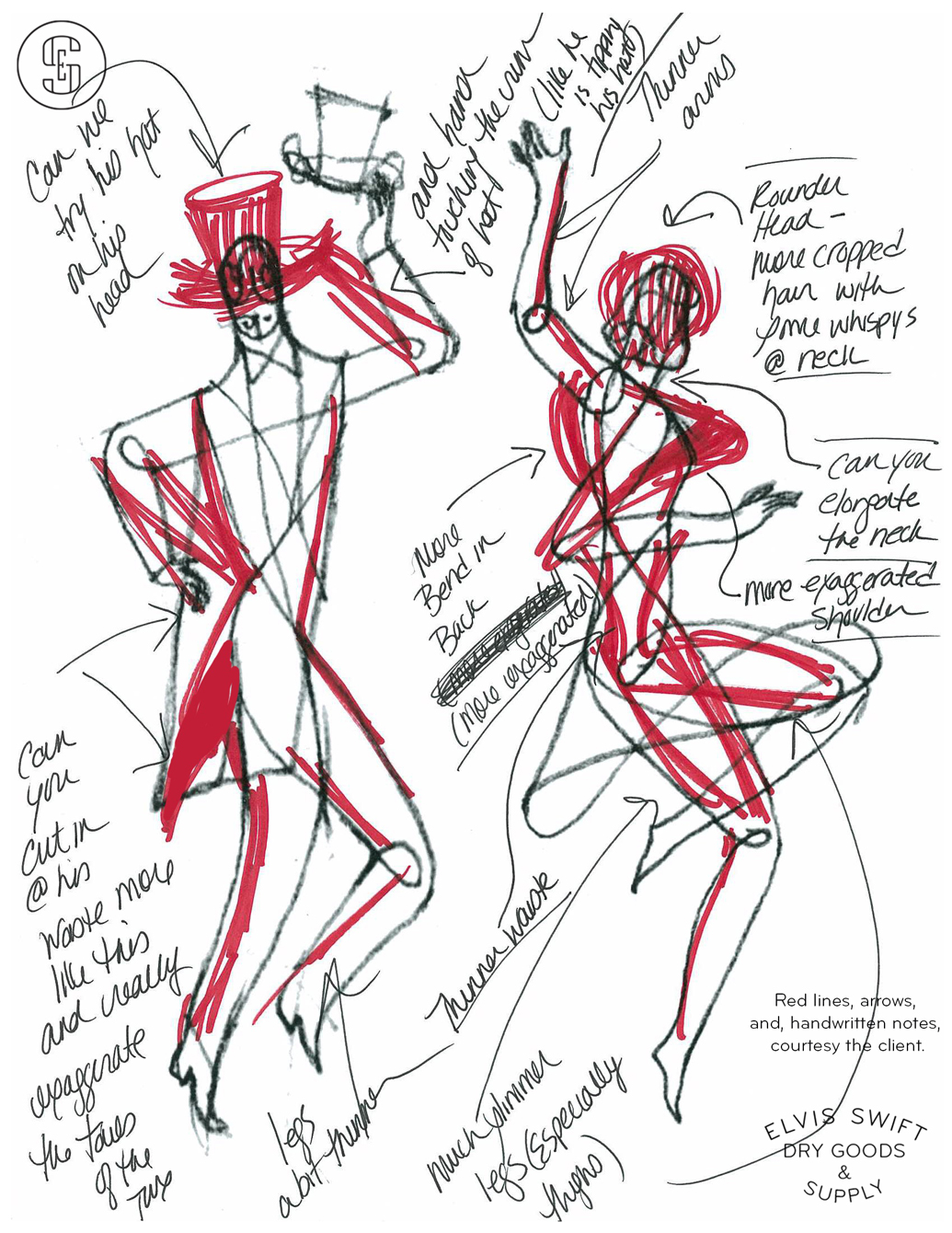Today’s topic for our Drawing Lesson is ‘Perspective”. Have you ever wondered why various accounts of events reported do not always agree with one another? The simple reason is due to perspective. Perspective not only plays a part in what we experience day to day but also as artists, how it is we portray the ideas and images we conceive. Every viewpoint of the same subject or object is slightly or wholly different dependant on the viewer, medium and intent.
The very first class in art school that I attended was figure drawing. I’ll never forget walking into the classroom, taking a seat on a wooden bench designed to accommodate a large pad of newsprint and a place to sit. While getting settled opening my brand new case of charcoal and Conté crayons and a large pad of newsprint, I hardly noticed the model walk into the room. No one was speaking, not the instructor nor any other students, and I recall that the last person who had entered through the door, walked up to a small elevated platform and casually and quietly disrobed. Now up to this point in life, I had seen and experienced many interesting things but this one took the cake. All at once we were sitting and staring at a naked person in our midst. With my jaw slack, I fumbled for a crayon and began in earnest to attempt to capture the utterly nude person standing just a few feet from me.
After drawing for about an hour, the instructor called for a break, we all set our charcoal or crayon down stood up and stretched, some of us headed out the door to the cafeteria while others chatted among one another. It seemed to me that I was the only one who thought this an awkward setting, as everyone seemed very matter of fact about the class. Instead of heading out of the room, I wandered around looking at my fellow student’s drawings. It was quite an eye-opener. Although we were all looking at the same naked form and attempting to render the figure before us, it seemed every drawing resembled a different person. One, because of the relative position a student was sitting to view the model, and two, the various levels of drawing skills. So it is with art, dependant upon the physical position of the artist to the subject, and their style and drawing acumen, the same subject will appear differently.
Today we have every form of three-dimensional rendering applications and tools to assist in the creation of imagery and objects, such as Autodesk Fusion 360, Adobe Photoshop CC extended 3D workspace and many more. Even your favorite smartphones and tablets have an AR (Augmented Reality) app that allows for placing realistic renders within the camera view presenting them in natural perspective context as though real.
Even though we have at our fingertips all the tools to resolve the mundane complexities of rendering objects and people in perspective, it is well worth learning to draw with an understanding of linear perspective, and it will help you bring your artistic ideas to fruition. Even in the abstract, it is good to have a technical foundation in the perception of the world around us.
Here is an excellent book to read for those of you who would like to understand graphics perspective:
Perspective by Jay Doblin







